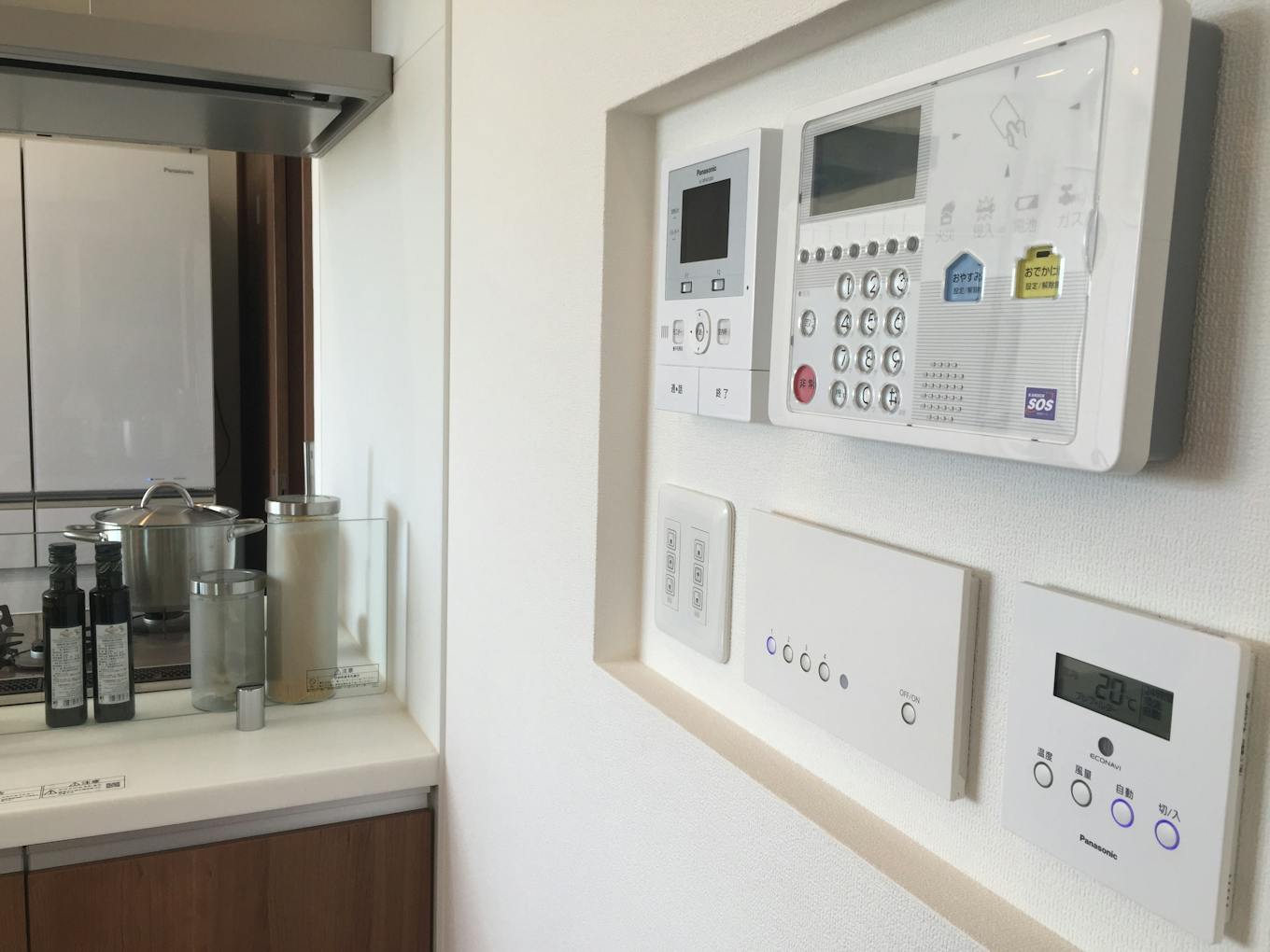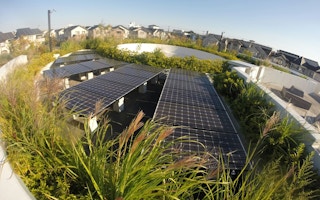All around the world, city governments and businesses are in a race to pilot new smart home technologies that promise to improve the lives of citizens while slashing energy consumption.
To continue reading, subscribe to Eco‑Business.
There's something for everyone. We offer a range of subscription plans.
- Access our stories and receive our Insights Weekly newsletter with the free EB Member plan.
- Unlock unlimited access to our content and archive with EB Circle.
- Publish your content with EB Premium.
In Asia, particularly, rapid urbanisation is putting immense pressure on infrastructure, energy supply and services, and smart, sustainable cities are touted as the key solution to manage this growth.
One particular project - Fujisawa Sustainable Smart Town – located 50 kilometres south of Japan’s capital Tokyo, shows the Japanese leading the pack in this competitive global smart city market, tipped to be valued at US$1.6 trillion by 2020 according to Frost & Sullivan.
In Fujisawa town, smart living has gone from the drawing board to reality since April last year, when about 900 residents moved into smart homes that boast solar panels on the roof, fuel cells in their backyard and an integrated home energy management system that ensures the comfort of its owners without sacrificing energy efficiency.
This pioneering project is the brainchild of a consortium of 18 Japanese firms led by PanaHome, the housing division of technology giant Panasonic Group.
When fully completed in 2018, the town - built at a total cost of 60 billion Japanese yen (US$500 million) – will have 3,000 people in 1,000 homes, complete with shopping facilities, community centres and nursing facilities for the elderly.
Even at a cost of US$500,000 per home (60 million Japanese yen) – above the average US$400,000 cost of a home in the area – 90 per cent of the 280 houses that have been built are already sold.
The popularity and success of the Fujisawa project has given PanaHome the confidence that they are on a good ticket – and they have now set their eyes on exporting their smart home living offerings to the wider Asian market.
Speaking to media in Japan last month, PanaHome Corporation’s Director of Overseas Business Division Nobuo Takahashi said that after 50 years of building reliable homes in Japan, the company is ready to expand aggressively into Southeast Asia.
“Panasonic’s competitive edge is that we are a one-stop solution provider. We offer everything from infrastructure development to building homes, to fitting them with smart systems and appliances,” he said.

PanaHome’s smart home energy management system (HEMS) helps households monitor and reduce their energy consumption. Image: Eco-Business
The Japan-listed company – which made 7.7 trillion yen in its last fiscal year and has 254,000 employees across the world – is focusing on developing solutions for five key strategic areas - energy, security, mobility, healthcare, and community.
These include Panasonic’s LED lighting, solar panels, storage batteries, fuel cell cogeneration systems and heat pump water heaters. It also offers a range of security solutions including surveillance cameras and identification systems to help communities feel safe and secure.
In April this year, PanaHome set up a new regional headquarters in Singapore - PanaHome Asia Pacific - to facilitate this expansion in Asean countries except Malaysia.
In May 2012, it had established PanaHome Malaysia specifically for the Malaysian market. PanaHome also has a foothold in Taiwan since 2010, where it has successfully built and sold condominium projects.
As Southeast Asia’s geographic and economic hub, Singapore was chosen for its favourable business environment, competitive tax regime and talent pool, said Takahashi. “Singapore was a natural match for us as we can develop our long-term projects in surrounding Asean countries using it as a base.”
PanaHome was established in 1963 following a declaration by its founder, Konosuke Matsushita, that there was no other job as important as home-building.
The company is guided by a central philosophy to develop not just houses but homes that offer lifestyles that are healthy, family-oriented and environmentally friendly for the mainstream market. This includes designing interior spaces that are child-friendly, comfortable and practical.
The similarity in cultures between Southeast Asian countries to Japan is a key reason why PanaHome has targeted this region for expansion, said Takahashi.
The company hopes to export three of its key technologies: PowerTech, KiraTech, and PureTech.
PowerTech is a steel frame structure whose construction method makes it resistant to repetitive earthquakes, making it particularly applicable to seismic countries like Indonesia and Taiwan. The technology is already applied in their housing projects for the latter.
KiraTech allows external tiles to self-clean when exposed to sunlight or rain; while PureTech is an insulation and ventilation system that provides comfortable indoor temperatures and removes the majority of pollutants such as PM 2.5 through filters.
Takahashi said the company also deploys pre-fabrication construction methods developed in Japan which enables it to build homes within a few months which are fire, water, and termite-proof.
Inside the home, PanaHome offers smart energy management hardware and software to help residents monitor their energy usage and to control their appliances remotely.
Owners can turn on their TV and access the information on a dashboard that tracks energy usage that even features cartoons celebrating when a home meets its energy target.
But breaking the Southeast Asia market has not been without its challenges.
“There was a steep learning curve, and we are spending a lot of time on information gathering and familiarising ourselves with the rules and regulations of each country,” shared Takahashi, who has plans to increase the number of PanaHome employees in the Asean market from 38 to 120 by next year.
“What helped was Panasonic is a familiar name thanks to our consumer business, so it has helped to open doors for our B2B solutions,” added Takahashi.
The company is now making headway and finalising negotiations for projects in Indonesia, Vietnam, Thailand, Philippines, Myanmar and Cambodia worth 14.6 billion yen, and aims to achieve 50 billion yen in overseas sales by 2018 – half of it from the Taiwan market and the other half from Asean.
This is up from 7 billion yen from Taiwan and 2.3 billion yen from Asean for financial year 2015.
It is slated to announce two smart town development projects in Indonesia by October next year; the first is a 7.6 ha site with 320 houses and the second is a 3.5 ha project of 274 houses.
The company has big plans for the region. “We want to mobilise Panasonic’s collective strengths to accelerate the development of sustainable smart towns tailored to the climate and culture of each country,” said Takahashi.










